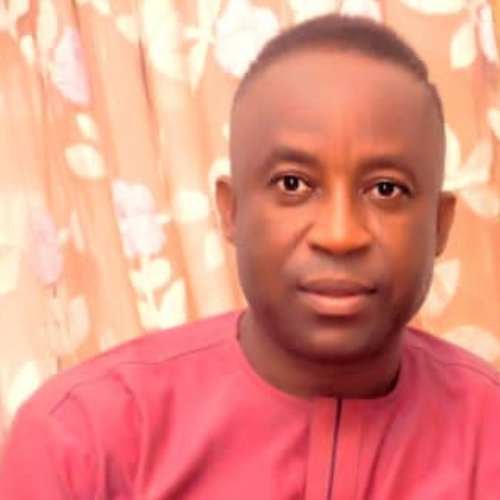As the 2024 presidential election cycle unfolds, speculation and contingency planning are underway within Democratic circles regarding the possibility of selecting a new candidate should President Joe Biden decide not to seek re-election or face circumstances that prevent him from continuing his candidacy. The process of replacing a presidential candidate is complex, involving legal, logistical, and political considerations that could significantly impact the outcome of the election. Here’s a detailed look at how Democrats would navigate such a scenario step-by-step.
Step 1: Understanding the Circumstances
The decision to replace a presidential candidate typically arises from unforeseen events such as health issues, legal troubles, or other personal or political crises that render the candidate unable to continue their campaign. In the case of President Biden, advanced age and health concerns have led to speculation about his ability to run for a second term.
Step 2: Formal Announcement and Withdrawal
If President Biden decides to withdraw his candidacy, the first formal step would be an announcement indicating his intention to step aside. This announcement would likely be accompanied by a statement explaining the reasons for the decision and offering support for the Democratic Party’s efforts to select a new candidate.
Step 3: Democratic National Committee (DNC) Involvement
The Democratic National Committee (DNC) would play a central role in managing the process of selecting a new candidate. The DNC consists of party officials and representatives from each state and territory, who would convene to discuss and implement procedures for choosing a replacement candidate.
Step 4: Legal and Logistical Considerations
Replacing a presidential candidate involves navigating a complex web of legal requirements and logistical challenges. Each state has its own rules regarding candidate eligibility and ballot access, which would need to be carefully managed to ensure the new candidate’s ability to compete in the election.
Step 5: Delegate Allocation and Convention Proceedings
If the withdrawal occurs before the Democratic National Convention, delegates previously pledged to President Biden would be released to support other candidates. The convention would then reconvene to nominate a new candidate, with delegates from across the country participating in the selection process.
Step 6: Selection of a New Candidate
The process of selecting a new candidate would likely involve a combination of consultation among party leaders, input from Democratic voters, and deliberation among delegates at the convention. Potential candidates could include prominent Democratic politicians, current or former officeholders, or individuals with significant political or public service experience.
Step 7: Campaign Strategy and Messaging
Once a new candidate is selected, the Democratic Party would need to quickly pivot to developing a campaign strategy and messaging platform. This would include outlining policy priorities, engaging with voters, and mobilizing support across key demographics and battleground states.
Step 8: Voter Education and Outreach
Replacing a presidential candidate late in the election cycle would require extensive voter education and outreach efforts to ensure that voters are informed about the new candidate and their policy positions. This would include media appearances, campaign events, and targeted messaging to key constituencies.
Step 9: General Election Campaign
With a new candidate in place, the Democratic Party would shift its focus to the general election campaign against the Republican nominee. The campaign would emphasize the strengths and qualifications of the new candidate, contrast their vision with that of their opponent, and seek to mobilize voters to turn out on Election Day.
Step 10: Election Day and Beyond
On Election Day, voters would cast their ballots to determine the next President of the United States. The outcome of the election would hinge on numerous factors, including voter turnout, campaign effectiveness, and prevailing political and economic conditions.
Conclusion
The process of replacing a presidential candidate is a complex and highly consequential undertaking for any political party, particularly in the midst of a competitive election cycle. For Democrats, the prospect of selecting a new candidate if President Biden steps aside underscores the importance of preparedness, unity, and strategic decision-making in the pursuit of electoral success. As the 2024 election approaches, the party’s ability to navigate these challenges will shape its prospects for retaining the presidency and advancing its policy agenda for the future of the United States.


0 Comments